
6 minute read
BUSH BABIES REPORT
TERM 4 QUARTERLY REPORT 2019
"Creating the platform for next generation to grow and mature in nature"
Advertisement
By: Project Manager - Lewyn Maefala
HELLO TERM FOUR…
As we say hello to the Fourth term, we reflect on the previous quarters of hard work and dedication by both staff and the Bush Babies, as we anticipate yet another amazing term. The fourth term was quite a short term as learners get really busy with their studies and prepare for their year-end examination. Prior to their exams taking place, the bush babies prepared for their camping experience with the lesson plans put in place, amongst the themes they learnt about the African elephant, warthog and the impala as the most common mammals they would encounter on a daily basis up in camp.




The camping this year was amazing and we were really favoured and treated to some special sightings of all the big 5 species, and we then decided to name each group after one of the big 5 in which they saw. The first group was called the lion Pride: This was after the game viewer truck broke and we had to be fetched in smaller game viewers that the learners spotted the lions resting in the cool shade of the trees, The second group was the Buffalo herd, seen at a far distance on our morning walk which were later seen as we on the game drive.
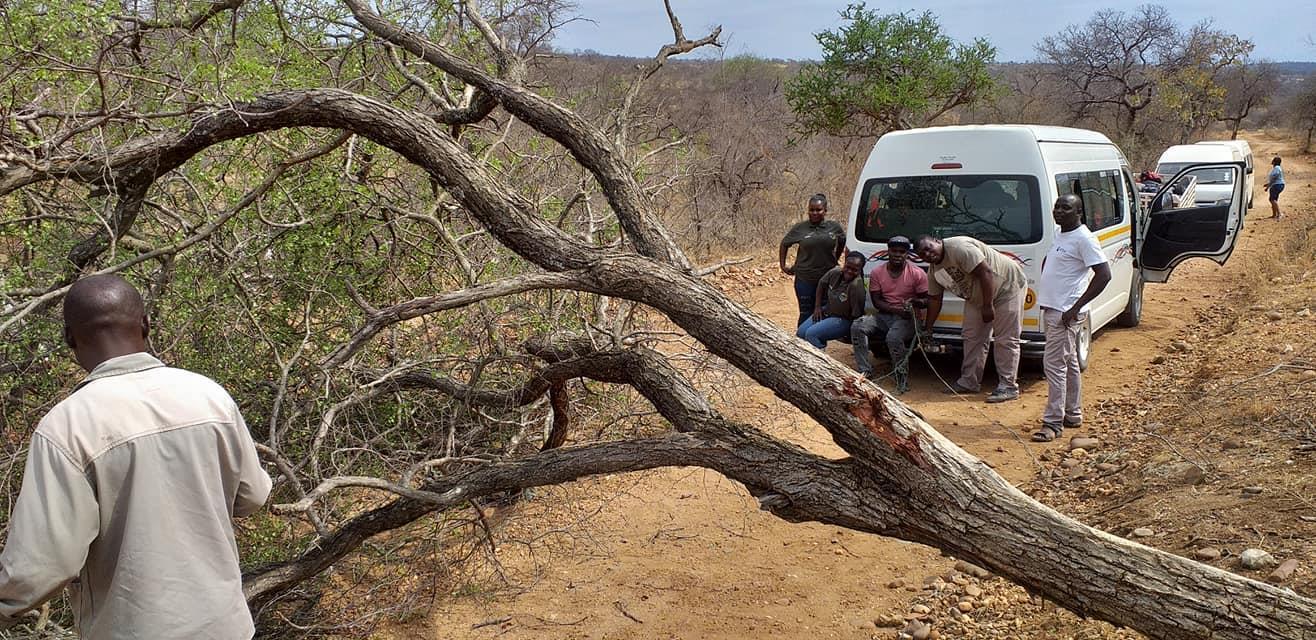
The third group had a warm welcome from the elephants as they pushed down the knob thorn trees, and saw the deadly Black Mamba snake, not really sure which animal to classify them under. The fourth group were fortunate to have the Leopard walk past the camp just as the sun was about to set, walking peacefully and in full view of all the learners. And the last group will of course be the horned and dehorned Rhinoceros, which again showed what measures reserves have to resort to, all in the name of conservation.
The camping program was created to allow the learners more time in the bush, and emphasised on learning by doing. On the first day of arrival the learners were introduced to the Struwig team members and a brief explanation of what their camping program entailed, then it was off to the swimming pool to cool off in the hot heat of Limpopo.
The next morning at 4:30 am the learners went on a quite bush walk within the camp fence, the objective was to reach the koppie (top of the hill) by sunrise, to admire indeed the break of a new day. On route to the top we discussed many plant species, and how their origin of their names came about, looking at their characteristics.





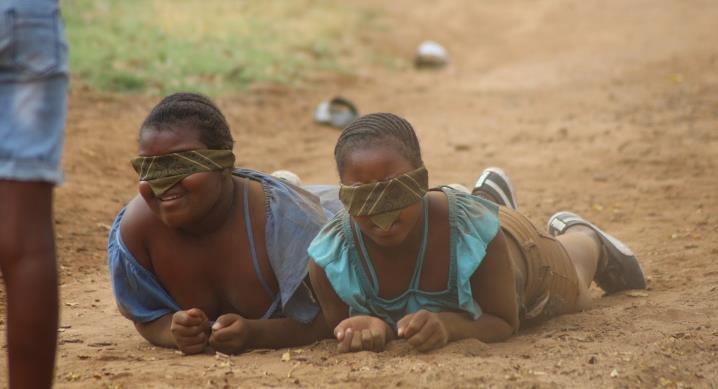
This was followed by a treasure hunt where the groups had to work as a team, it was more challenging as they had to walk blind folded and relies on both their team members and the one guiding them to reach the other end of the steep hill. Once at the top the team has to race on their bellies like the snakes to the other end, where their balancing skills are put to the test.
Once they are done they go into the maize meal packets and hop around until they get to the skipping ropes, here they partake in some physical exercises and do the frog jump for 15 meters, then run past the swimming pool to tag another team member whom will also go through the whole process. The other group enjoyed themselves as they went on the game drive to learn more about nature and expand their knowledge about what they have learnt in the classroom, theoretically and put in place practically.
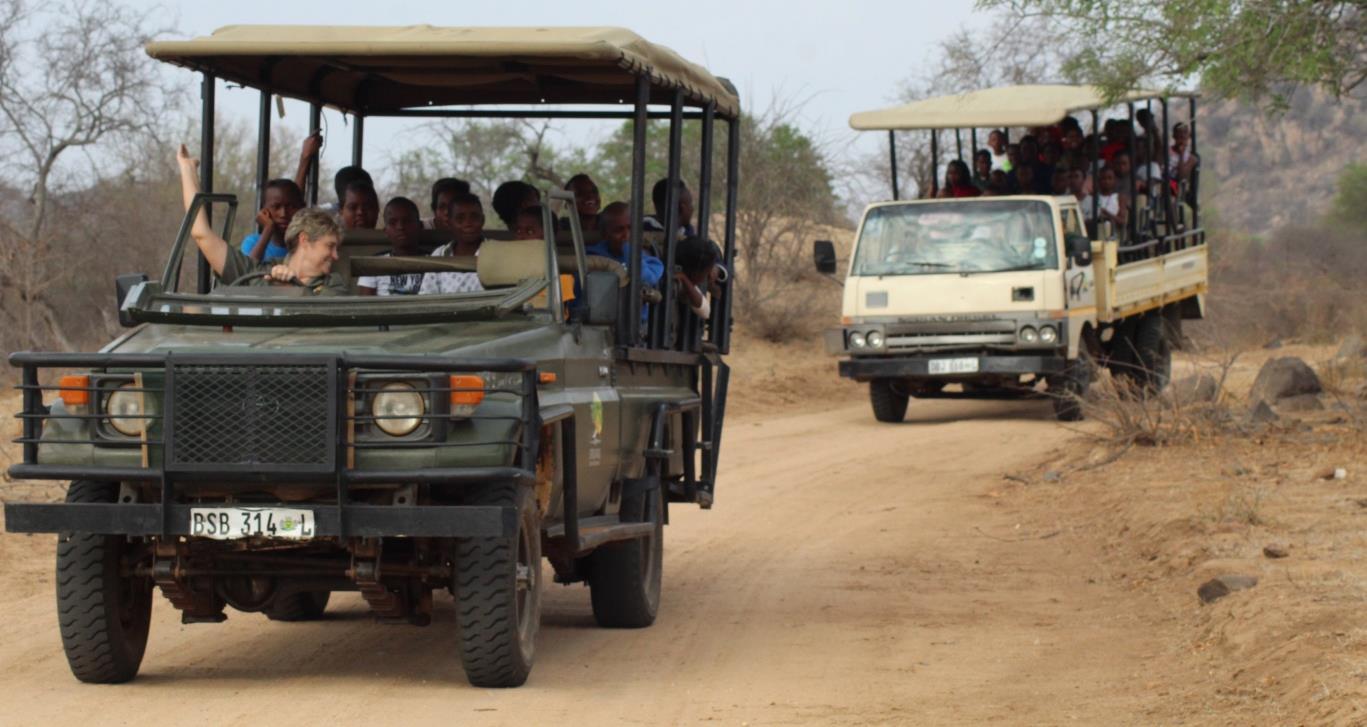
The 2019 groups were treated to the following sightings:



Animals:

1. Lion Panthera leo 2. Leopard - Panthere pardus 3. Zebra - Equus burchelli 4. Giraffe - Giraffa camelopardalus 5. Rhino –Ceratotherium simum 6. Buffalo –Syncerus caffer 7. Elephant –Loxodonta africana 8. Waterbuck –Kobus ellipsiprymnus 9. Warthog –Phacochoerus aethiopicus 10. Kudu –Tragelaphus strepsiceros 11. Nyala –Tragelaphus angasii 12. Impala –Aepyceros melampus


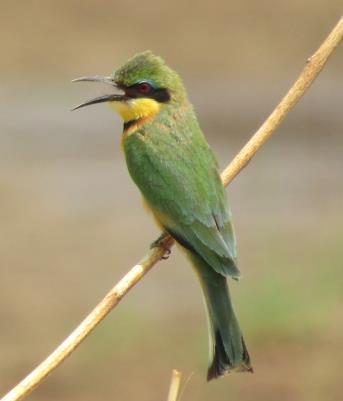
13. African Civit –Civittictis civetta 14. Scorpion 15. Leopard tortoise –Stigmochelys pardalis 16. Tree squirrel 17. Honey badger –Mellivora capensis 18. Vervet monkey –Cercopithecus aethiops 19. Hippopotamus –Hippopotamus amphibious 20. Scrub hare –Lepus saxatilis 21. Steenbok –Raphicerus campestris 22. Bush buck –Tragelaphus sylvaticus 23. Common duiker –Sylvicapra grimmia 24. Dwarf mongoose –Helogale parvula 25. Banded mongoose –Mungos mungo 26. Baboon –Papio cynocephalus ursinus 27. African wild cat –Felis lybica 28. Klipspringer –Oreotragus oreotragus 29. Sharpe’s grysbok –Raphicerus sharpie 30. Crocodile - Crocodylinae 31. Black mamba –Dendroaspis polylepis 32. Baboon spider –Pelinobius muticus 33. Hyena –Crocuta crocuta 34. Epauletted fruit bats –Genus Epomophorus
Tracks and signs/

1. Elephant 2. Giraffe 3. Hippo 4. Lion 5. Leopard 6. Antlion 7. Crocodile 8. White rhino 9. Bush buck 10. Waterbuck

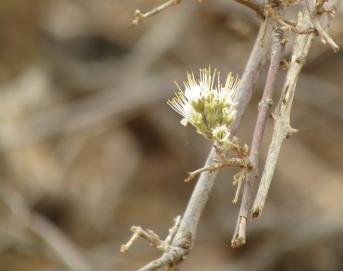
Animal dung:
1. Impala 2. Elephant 3. Waterbuck 4. Giraffe 5. Hyena

1. Helmeted Guinea fowl –Numida meleagris 2. African Fish eagle –Haliaeetus vocifer 3. Spur winged goose - Plectropterus gambensis 4. Black Smith lapwing 5. Saddle- billed stork –Ephippiorhynchus senegalensis 6. Laughing dove –Streptopelia senegalensis 7. Crested barbet –Trachyphonus vaillantii 8. African Green pigeon –Treron calvus 9. White faced whistling duck 10. Barred owlet 11. Fork tail drongo –Dicrurus adsimilis 12. Redbilled oxpeckers 13. Brown hooded kingfisher –Halcyon albiventris 14. Emerald spotted wood dove 15. Namaqua dove –Oena capensis 16. Gorgeous bush shrike 17. Cape turtle dove 18. Red billed hornbill –Tockus rufirostris 19. Egyptian goose –Alopochen aegyptiaca 20. Lilac breasted roller –Coracias caudatus 21. African spoonbill –Platalea alba 22. African Jacana 23. White fronted bee eater –Merops bullockoides 24. Little bee-eater –Merops pusillus 25. White backed vulture –Syps africanus 26. Brown Snake eagle –Circaetus cinereus 27. Grey hornbill 28. Yellow billed stork –Mycteria ibis 29. Red crested korhaan 30. Yellow billed hornbill –Tockus leucomelas 31. Magpie shrike –Corvinella melanoleuca 32. African openbill –Anastomus lamelligerus 33. Pied kingfisher –Ceryle rudis 34. Black Crake –Zapornia flavirostra 35. Little egret –Egretta garzetta 36. Red billed oxpecker –Buphagus erythrorhynchus 37. Grey go away bird –Corythaixoides concolor 38. Red billed qualea –Quelea quelea 39. Hadeda ibis –Bostrychia hagedash 40. Pear spotted owlet –Glaudidium perlatum 41. Arrow marked babbler –Turdoides jardineii 42. Green woodhoopoe –Phoeniculus purpureus




